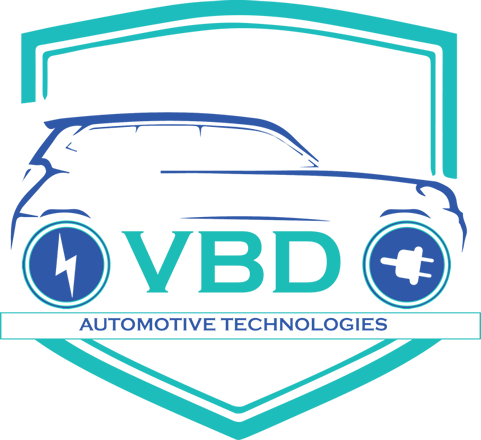VBD Automotive Technologies
 Founded in Kenya in the year 2006, VBD Automotive Technologies Ltd. set about modernising the regional transport sector through programs with partners to introduce “cleaner” vehicle fleets with a reduced harmful impact on the environment and public health.
Founded in Kenya in the year 2006, VBD Automotive Technologies Ltd. set about modernising the regional transport sector through programs with partners to introduce “cleaner” vehicle fleets with a reduced harmful impact on the environment and public health.
With evolving technology and trends, VBD Automotive Technologies Ltd. has been at the forefront in implementing strategies that improve urban air quality and reduce the carbon footprint of the regional transport sector while providing efficient more profitable transport solutions for its clients.
Our Solutions
Battery Electric Vehicles
Renewable Energy
Vehicle to Grid technology
We are creating a better future for car enthusiasts.
Frequently Asked Questions
What are the challenges involved in using electric vehicles?
- Inadequate charging infrastructure.
- Risk of grid overload.
- Smart and flexible charging.
- Battery monitoring, analytics and recycling.
What is Electric Mobility as a Service
Mobility as a Service (MaaS) is a concept that aligns with both current and future mobility demands of users, namely intermodal, personalized, on-demand and seamless.
What is Vehicle-to-grid technology?
Vehicle-to-grid technology involves drawing unused power from the car into the smart grid. V2G, which is also known as vehicle-grid integration (VGI)
How long does a EV battery last?
“Today, most EV batteries have a life expectancy of 15 to 20 years within the car – and a second life beyond.” It’s also worth noting that EV battery technology is still evolving, so as tech develops we expect batteries’ lifespan to increase – as well as becoming cheaper, smaller and even lighter.
Is battery swapping a good idea?
There is a key benefit of swapping and that is maintaining battery health. Swapped batteries could potentially remain healthier longer, reduce cost of ownership, and reduce pollution
How does battery swapping work?
Battery swapping is an alternative which involves exchanging discharged batteries for charged ones and provides flexibility to charge them separately. This de-links charging and battery usage and keeps the vehicle in operational mode with negligible downtime.
